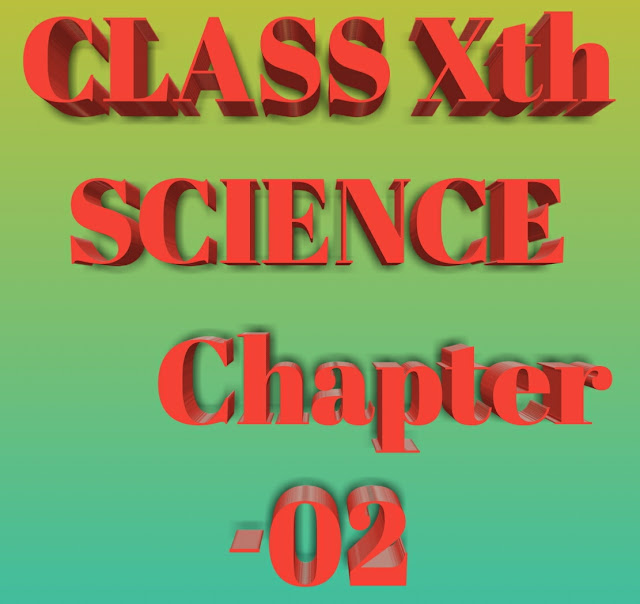Class 10th Science Chapter 09 Heredity and Evolution

Class 10 Science Notes Hello friends this article's for the class 10 Science Notes for all the time of the day and night at regards to your goals for all examination of the class 10 Science Notes This notes and to-dos on the class 10 practice session for the exams. To prepare the best education and practice questions about the exams are provided for educational purposes only the best education Zone provides the best possible way of life Class 10 Science Notes 09 Heredity and Evolution 1. The transmission of characters from parent to their off springs is known as heredity. • The study of heredity and variations is known as genetics. • Clones are those organisms which are the carbon copies of one another. • Variation in sexually reproducing organisms are caused due to the following factors like environment, crossing over and recombination of genes and mutation. • The first study of inheritance was done by Gregor Mendel on garden pea. • Pa...







Comments
Post a Comment